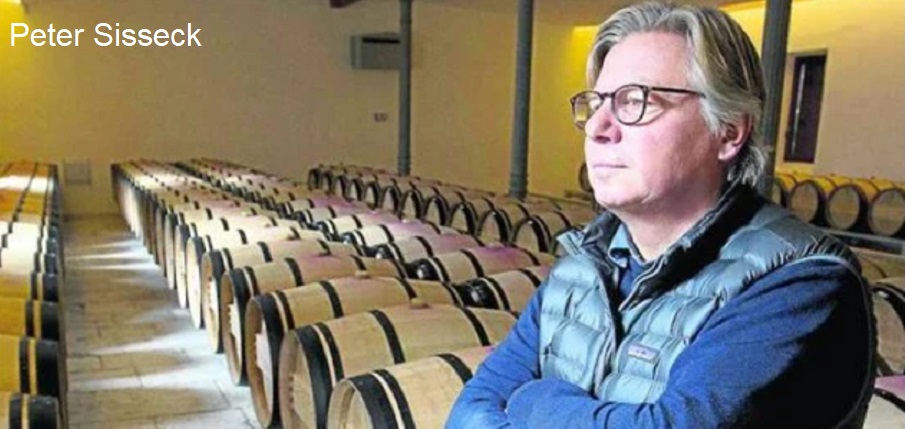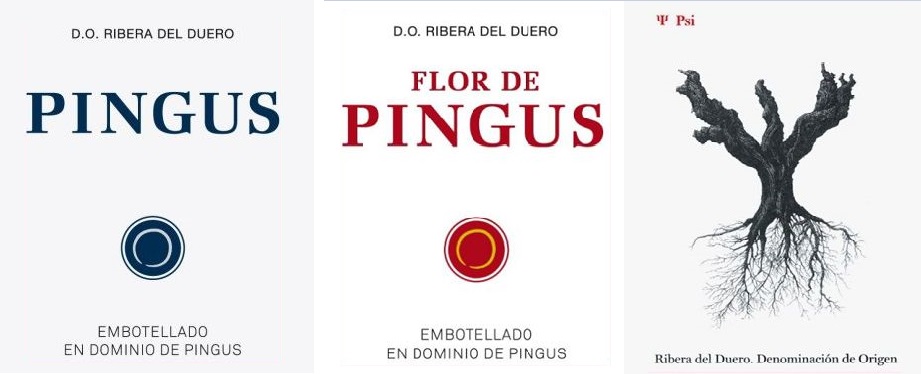The Spanish winery in Quintanilla de Onésimo in the province of Valladolid in Castile-León is named after the pet name of the owner. Born in Denmark, Peter Sisseck was inspired as a 14-year-old by his uncle Peter Vinding, who ran Château Landiras in Bordeaux. His winemaking career began at Château Rahoul in Graves. In the early 1980s, he travelled to Sonoma, where he worked with Zelma Long of Simi Winery. Later, he studied agricultural engineering in Copenhagen. In 1990, he came to the Spanish region of Ribera del Duero and took over the management of the Monasterio winery, where he still works in an advisory capacity. Influenced by the garage wine trend of the 1990s, he then started the "Pingus" project. In 1991, he acquired 4.5 hectares of vineyards, divided between two small vineyards in the sub-areas of La Horra and Valbuena de Duero. These are planted with very old and low-yielding vines of the native variety Tinto Fino (Tempranillo) and some Petit Verdot.

The vines, which are over 70 years old, are traditionally trained with the "En Vaso"(Gobelet = bush form) training system. Since 2000, the vines have been cultivated according to biodynamic methods without the use of pesticides or chemical fertilisers. Here, Sisseck created the "Pingus" with the first vintage in 1995, which developed into a true cult wine in a very short time. The US wine critic Robert Parker awarded this vintage 98 points and described it as one of the greatest and most exciting wines he had ever tasted. Adding to the myth was the sinking of the ship near the Azores that was supposed to bring the bottles of the first vintage to the American market. This also drove up the price; you can't get a Pingus for less than € 500, making it one of the most expensive wines in the world.

The "Pingus" is produced from extremely low yields with an average of only 12 hl/ha and the most elaborate methods in the vineyard and cellar, literally "by hand". The physiologically ripe grapes are manually selected grape by grape, each individual grape is manually destemmed and the grape mash is lightly crushed with the feet. Fermentation takes place in oak vats and stainless steel tanks, then the wine is transferred to French barriques and waits for the independent malolactic fermentation in spring. There is no filtration so that the aromas are fully preserved. The barrels are then tasted individually and only the best wines are sent for further ageing for around 20 months in French Darnajou barriques. Only about 7,000 bottles are produced each year, and these are only available by subscription. In poorer vintages, there is no first wine.
The second wine "Flor de Pingus", also made from 100% Tempranillo, comes from partly rented vineyards with a total of 35 hectares of vines in the La Horra zone, which are also farmed biodynamically. After fermentation in stainless steel tanks and malolactic fermentation in barriques and stainless steel tanks, the wine is aged for 18 to 24 months in barriques, one third of which are new. Annual production averages 4,000 cases.
In 2007, the "PSI" (Ψ, 23rd letter of the Greek alphabet) was launched, with a label showing an old vine root. The grapes come from around 120 long-established winegrowers from five municipalities who are encouraged to use biodynamic or organic winegrowing methods and, above all, to preserve their old vines and thus turn to quality. It is not single varietal, but is cuvéted with a small amount of Garnacha Tinta and aged fresh and fruity in large wooden barrels and 15% in used barriques. This wine is marketed by Peter Sisseck and Pablo Rubio under the name "Bodegas y Viñedos Alnardo". All three wines comply with the DO regulations of Ribera del Duero.
Voices of our members

In the past, you needed a wealth of encyclopaedias and specialist literature to keep up to date in your vinophile professional life. Today, Wine lexicon from wein.plus is one of my best helpers and can rightly be called the "bible of wine knowledge".
Prof. Dr. Walter Kutscher
Lehrgangsleiter Sommelierausbildung WIFI-Wien